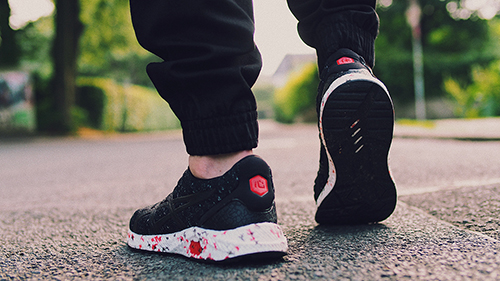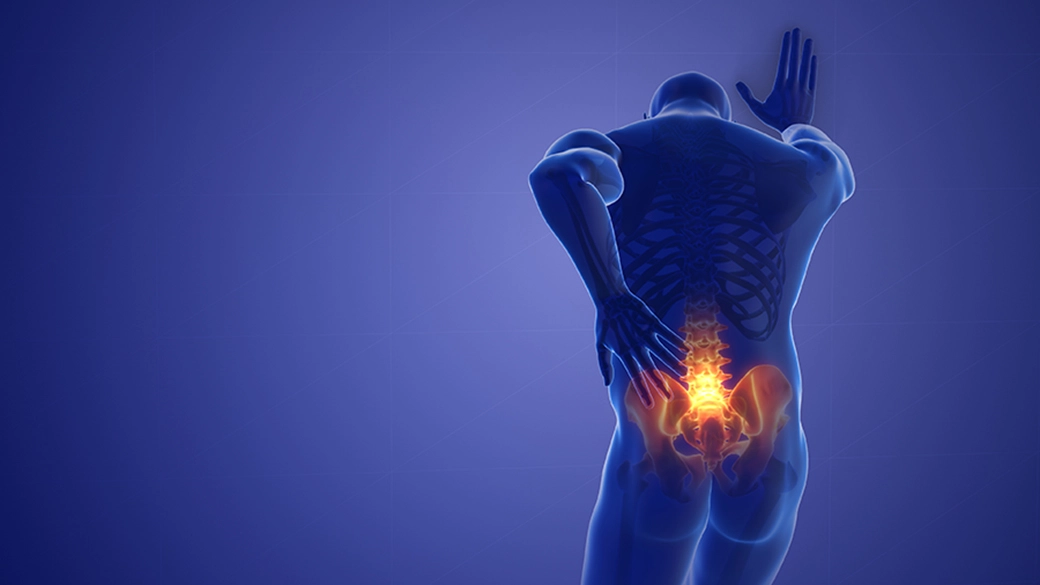If you have spinal stenosis, look out for walking problems as a result. That is just one issue that can develop from this particular disease.
Spinal stenosis causes a narrowing of the spinal canal. This narrowing can compress the nerves in your spine. This can affect your walk, make your legs weak, influence how to walk, and even, in rare instances, cause hip pain.
Let’s delve into this a little more.
Does Spinal Stenosis Affect Your Walk?
Because pretty much the entire nervous system can be traced back, in some fashion, to nerves passing through the spinal cord, any condition affecting nerves in the spinal cord can have repercussions throughout the whole body.
Spinal Stenosis is a condition that results in the narrowing of the tunnel-like space (the spinal canal) through which nerves pass in the spinal cord. When such narrowing occurs, the spinal canal can begin to close down on and compress those nerves. This, in turn, can create stress on those nerves which can lead to not only pain, but other health issues like problems with walking, and balance. Other symptoms include headaches and even bladder control.
A 2001 study in the Physical Therapy & Rehabilitation Journal found that “Pain and balance problems appeared to be the primary factors limiting ambulation in our subjects with LSS (Lumbar Spinal Stenosis).” (1)
Naturally, of course, if you’ve been diagnosed with spinal stenosis, you’ll want to treat it. Your first thought might be surgery, but it is often recommended by doctors and chiropractors alike, to exhaust all conservative treatment options first before falling back on the last resort options of surgery and/or heavy duty pain-killers.
Fortunately, there are a fair number of natural spinal stenosis treatments you can try.
Does Spinal Stenosis Make Your Legs Weak?
The answer to this question depends on multiple factors including where the stenosis is located in the spine. Spinal stenosis located in the cervical spine, although it can sometimes cause balance and walking issues, it often causes neck pain, issues in the arms and hands as well as feet and legs, and, in advanced cases, even urinary urgency or incontinence.
On the other hand, lumbar spinal stenosis (spinal stenosis located in the lower back) often can cause issues in the legs and buttocks. Among the symptoms possible for lumbar spinal stenosis are:
- A pins-and-needles sensation
- A feeling similar to electrical shock,
- Numbness
- A burning sensation
- And weakness.
Of course, if you suspect you have spinal stenosis and you believe it is causing weakness in your legs, it is a good idea to be examined and evaluated by a qualified chiropractor to verify the cause of the problem, and determine the best path forward to address it.
There are a number of ways how a chiropractor can help.

Does Spinal Stenosis Affect How To Walk?
Obviously, since lumbar spinal stenosis can affect the strength, levels of pain, degree of cramping, and such of your legs, it can significantly impact how well you walk. In fact, a 2012 study in the Archives of Physical Medicine and Rehabilitation found that “BMI, pain, female sex, and age predict walking performance and capacity in people with LSS (lumbar spinal stenosis)…” (2)
Of course, at the same time, if you are having issues walking, don’t overlook the possibility of cervical spinal stenosis being part of the problem, too. Since your ears control your balance, it is possible for a case of cervical stenosis to affect your ears and, thereby, create problems with your balance. Obviously, poor balance can wreak havoc on your walking abilities.
If you are diagnosed with stenosis, be aware that in addition to cervical spinal stenosis, and lumbar spinal stenosis, there is also thoracic spinal stenosis (stenosis of the middle of the back) and foraminal stenosis (stenosis of the foramina – holes that nerves pass through when exiting the spine).
Whether you are seeking lumbar spinal stenosis treatment, foraminal stenosis treatment, or treatment for any other kind of stenosis, visiting a qualified chiropractor is an excellent first step.
Why?
Chiropractors are experts in the musculoskeletal and nervous systems of the body. As such, they are ideally suited to advise you on and, in many cases, provide the best treatment for your particular condition. A chiropractic adjustment is just one type of treatment a chiropractor can offer.
Chiropractors can also offer advice on nutrition and nutritional supplements. In the case of spinal stenosis, your chiropractor might suggest you start adding Vitamin D supplements to your diet. That won’t necessarily cure it, but it may help stave off some of its symptoms. A 2020 study in the Journal of Orthopaedic Surgery and Research found that “Vitamin D deficiency was highly prevalent in LSS patients (76.5%).” (3)
Can Spinal Stenosis Cause Hip Pain?
Spinal stenosis can also, sometimes, produce pain in your hips. This is most commonly caused by stenosis located in the lumbar spine, but occasionally it’s been caused by stenosis located in the thoracic (middle of the back), and even the cervical spine.
And, of course, depending upon the degree of hip pain, this can have a significant impact on your ability to walk.
Conclusion
If your spinal stenosis is causing walking problems for you, don’t rush to get surgery for it. In many cases, a chiropractor can help you manage your condition without you having to go “under the knife.” Keep conservative therapies in mind, and try less invasive methods first.









